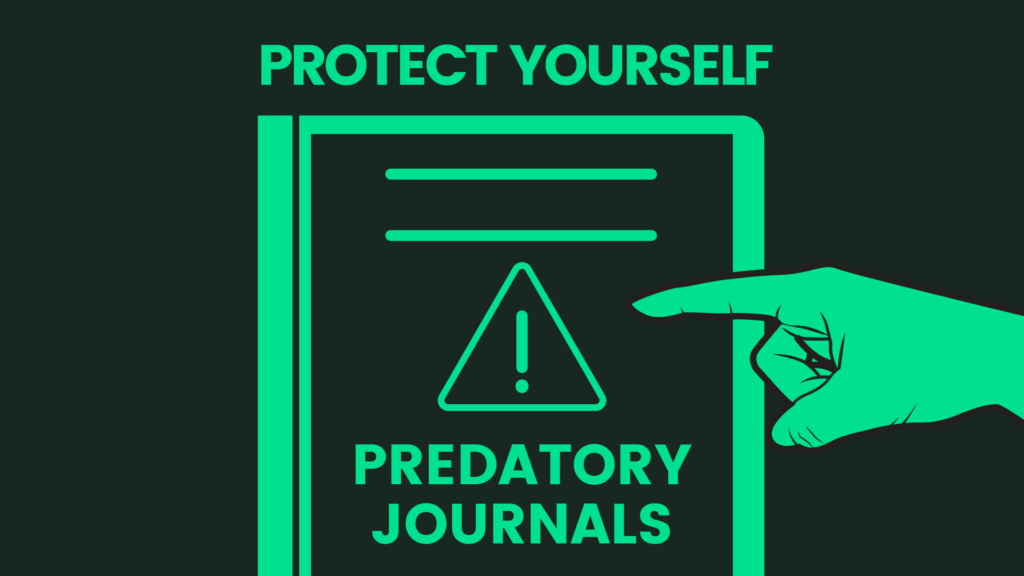
Open access publishing continues to grow across all academic disciplines. Increasingly, the open access publishing model, which provides immediate access to peer-reviewed research once published, has become susceptible to misuse by predatory publishers. These predatory publishers aggressively solicit academics with requests for manuscript submissions, reviews and editorial board services, creating negative publicity for legitimate open access journals.1,2 Jeffrey Beall, formerly at the University of Colorado in Denver, first described predatory publishers in 2008, and developed the first (now defunct) list of predatory journals.3
While there is no universally accepted definition of predatory journals, recent publications review key characteristics of potential predatory journals. These journals often use questionable business practices, lack scientific rigor with minimal or no peer review and have little or limited editorial oversight. Predatory journals are usually not indexed in established bibliographic databases, such as MEDLINE, CINAHL, Embase, PsycINFO or Web of Science Master. With more than 10,000 identified potential predatory journals, the dangerous implications to scholarly quality and integrity, academic standards and evidence-based practice cannot be overestimated.1,4-6
“To assist researchers/authors make an informed decision about where to publish, the Library is providing access to a pre-defined checklist that offers guidance on identifying trusted journals,” said Kelly R. Gonzalez, MSIS, MBA, Assistant Vice President for Library Services. “Additionally, at the UT Southwestern Library’s Writing Portal, the Publication Support for Author Article Processing Charges (APC) handout summarizes a list of select UT Southwestern Library journal subscriptions which provide discounted article processing charges.”
For additional information, call 214-648-2001 or click “Live Chat” on the Library’s website to chat Monday – Friday, 10:00 am – 4:00 pm.
REFERENCES
- McCann TV, Polacsek M. False gold: Safely navigating open access publishing to avoid predatory publishers and journals. J Adv Nurs. 2018;74(4):809-817.
- Shen C, Bjork BC. ‘Predatory’ open access: a longitudinal study of article volumes and market characteristics. BMC Med. 2015;13:230.
- Butler D. Investigating journals: The dark side of publishing. Nature. 2013;495(7442):433-435
- Cobey KD, Lalu MM, Skidmore B, Ahmadzai N, Grudniewicz A, Moher D. What is a predatory journal? A scoping review. F1000Research. 2018;7:1001.
- Lalu MM, Shamseer L, Cobey KD, Moher D. How stakeholders can respond to the rise of predatory journals. Nature Human Behaviour. 2017;1(12):852-855.
- Ross-White A, Godfrey CM, Sears KA, Wilson R. Predatory publications in evidence syntheses. J Med Libr Assoc. 2019;107(1):57-61.
